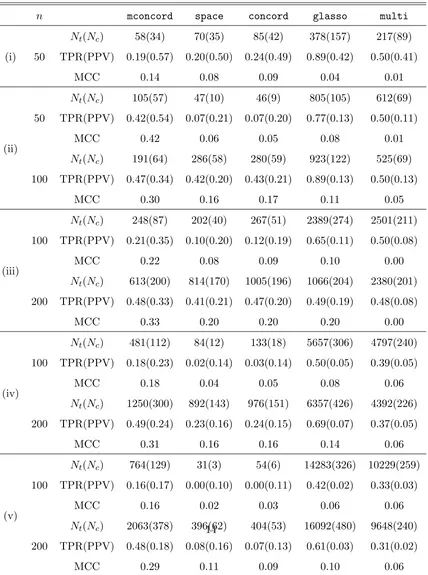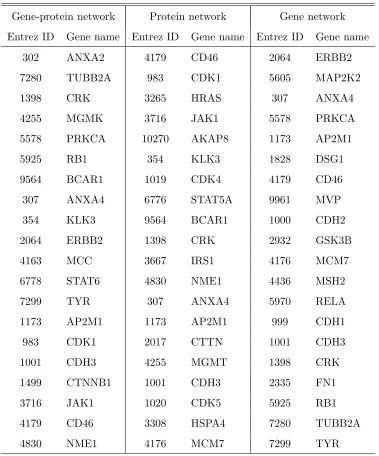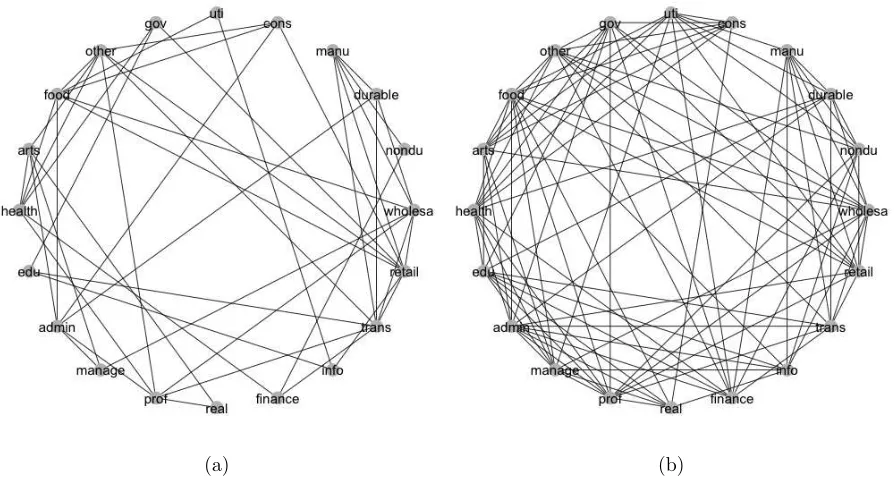Statistics authors titles recent submissions
Teks penuh
Gambar




Garis besar
Dokumen terkait
Here we investigate the application of deep learning using convolutional neural networks (CNNs) for the task of fracture detection, and present the first large scale study where a
b) We now compare GPLVM+SVM and GPDNN, e.g. the latent space classifier and its corresponding LSAN. The results are shown in Figure 4b. We observe that for all datasets except Spam,
The zero-centered heavy-tailed prior distribution on w induces sparsity in the parameters vector, while the adaptive mixture model applied on the weight centers m forces a
Building on the intuition that robust op- timization reduces the sensitivity of the expected reward to errors in the model by controlling the spread of the reward distribution, we
In the ordinal regression model, we trained with soft thresholds since we needed the model to be differentiable end to end. In the post-hoc model, we searched threshold space in
The second estimator relaxes the Gaussian assumption and allows both the running variable and measurement error to follow arbitrary distributions characterized by finite numbers
In doing so, we introduce the basic meaning and relevance of the judgment to regard a sequence of quantities exchangeably, and we show how the fundamental theorem of probability can
This paper presents the generalised random dot product graph , a latent position model which gen- eralises the stochastic blockmodel, the mixed membership stochastic blockmodel and,


